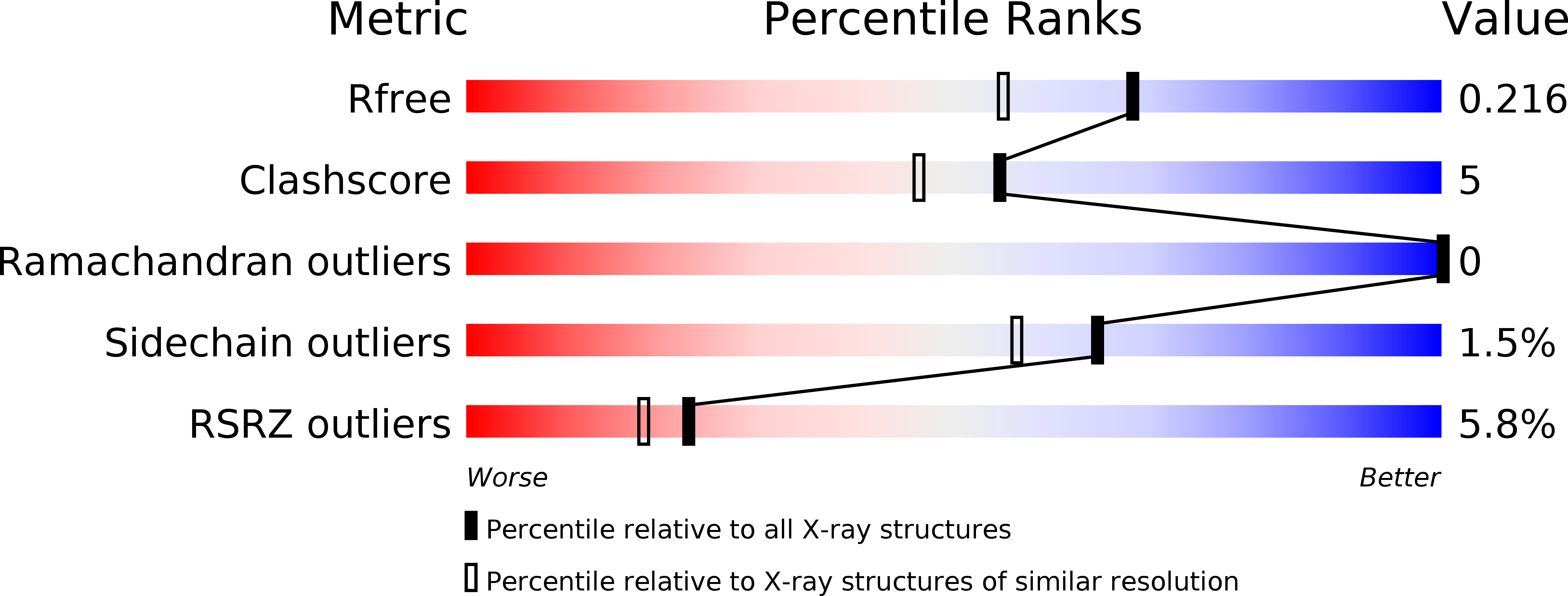
Deposition Date
2008-09-10
Release Date
2008-11-25
Last Version Date
2023-11-01
Entry Detail
PDB ID:
2ZSI
Keywords:
Title:
Structural basis of gibberellin(GA4)-induced DELLA recognition by the gibberellin receptor
Biological Source:
Source Organism:
Arabidopsis thaliana (Taxon ID: 3702)
Host Organism:
Method Details:
Experimental Method:
Resolution:
1.80 Å
R-Value Free:
0.22
R-Value Work:
0.19
Space Group:
P 43 21 2


